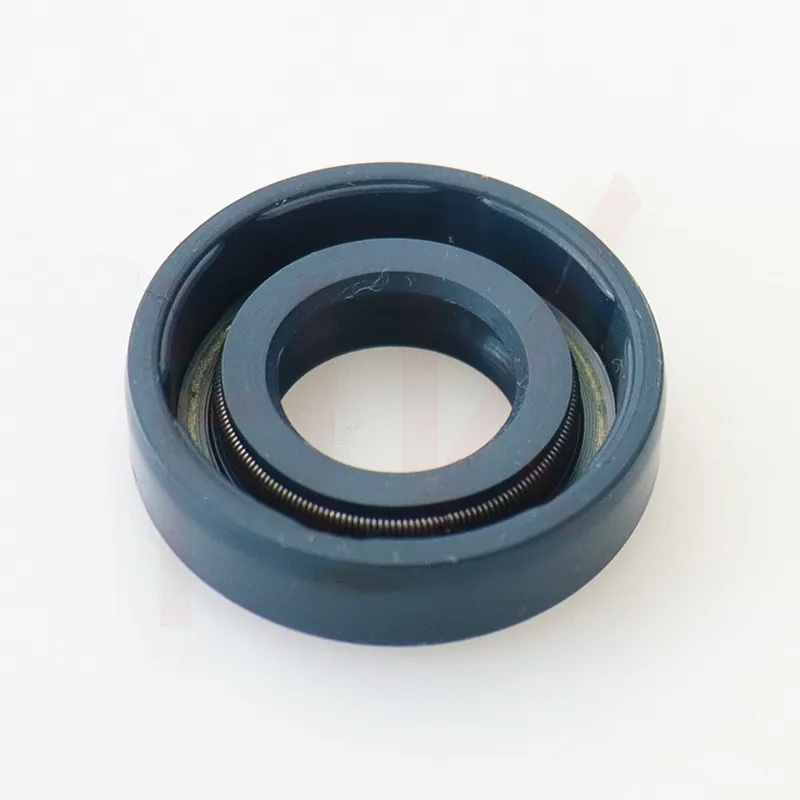Aug . 31, 2024 11:22 Back to list
pump seal kit replacement
Understanding Pump Seal Kit Replacement
Pump seal kits play a crucial role in ensuring the efficient operation of various pumping systems. Whether in industrial, commercial, or residential applications, these kits help prevent leaks, protect internal components, and maintain optimal performance. However, like any mechanical component, seals can wear out over time, making timely replacement essential for preventing further damage to the pump and its surrounding systems.
Symptoms of Seal Failure
Recognizing the signs of seal failure is the first step towards effective maintenance. Common symptoms include visible leaks, unusual noises from the pump, and a decrease in performance or efficiency. If you notice fluid accumulating around the pump's base or a significant drop in pressure, it may indicate that the seal has degraded and needs replacement. Ignoring these signs can lead to more severe issues, including catastrophic pump failure or damage to adjacent systems.
The Replacement Process
The process of replacing a pump seal kit can vary based on the type of pump and the complexity of the system. However, the general steps are similar across most pumps
1. Preparation Before starting, ensure that you have all necessary tools and a replacement seal kit compatible with your pump model. It’s also crucial to turn off power and fluid supply to the pump to avoid accidents.
pump seal kit replacement

2. Disassembly Carefully disassemble the pump to access the seals. Take note of the order of components to ensure proper reassembly. It’s advisable to take pictures during this process for reference.
3. Removal of Old Seals Once you reach the seals, gently remove the old ones. Take care not to damage the sealing surfaces of the pump as you do this.
4. Cleaning Thoroughly clean the surfaces where the new seals will be installed. Any debris or residue can compromise the effectiveness of the new seals.
5. Installation Place the new seals into their respective positions, ensuring they are seated correctly. Follow the manufacturer’s guidelines for torque specifications when reassembling the pump.
6. Testing After assembly, reconnect power and fluid supply, then test the pump to ensure the seals are functioning correctly and there are no leaks.
Conclusion
Regular maintenance and timely replacement of pump seal kits are vital for ensuring long-term performance and reliability of pumping systems. By being proactive in identifying seal wear and executing proper replacement processes, you can prevent costly repairs and extend the lifespan of your equipment. Remember, investing time in maintenance today can save you significant headaches tomorrow.
-
TCN Oil Seal Metal Ring Reinforcement for Heavy Machinery
NewsJul.25,2025
-
Rotary Lip Seal Spring-Loaded Design for High-Speed Applications
NewsJul.25,2025
-
Hydraulic Cylinder Seals Polyurethane Material for High-Impact Jobs
NewsJul.25,2025
-
High Pressure Oil Seal Polyurethane Coating Wear Resistance
NewsJul.25,2025
-
Dust Proof Seal Double Lip Design for Construction Equipment
NewsJul.25,2025
-
Hub Seal Polyurethane Wear Resistance in Agricultural Vehicles
NewsJul.25,2025
-
The Trans-formative Journey of Wheel Hub Oil Seals
NewsJun.06,2025
Products categories
















